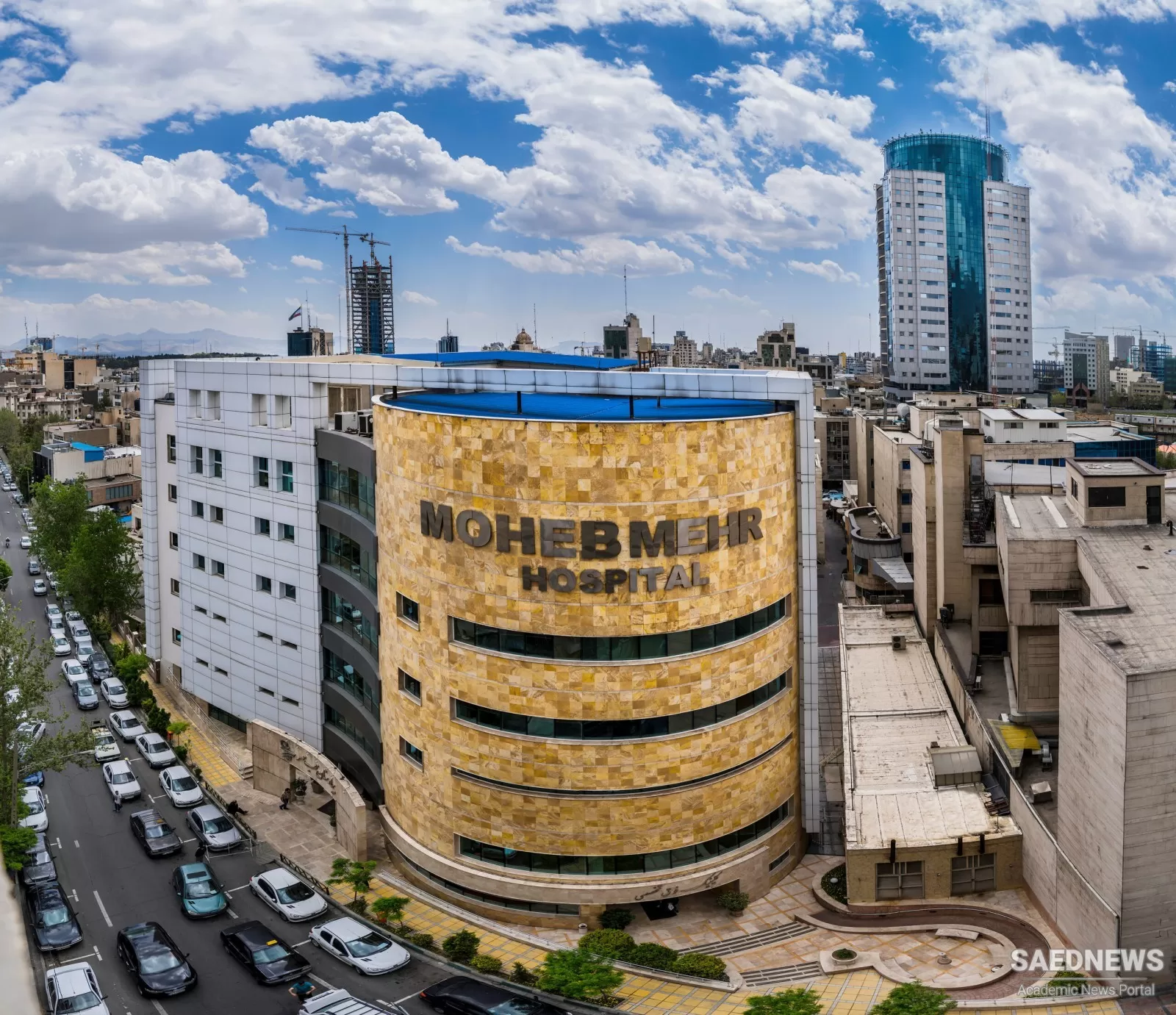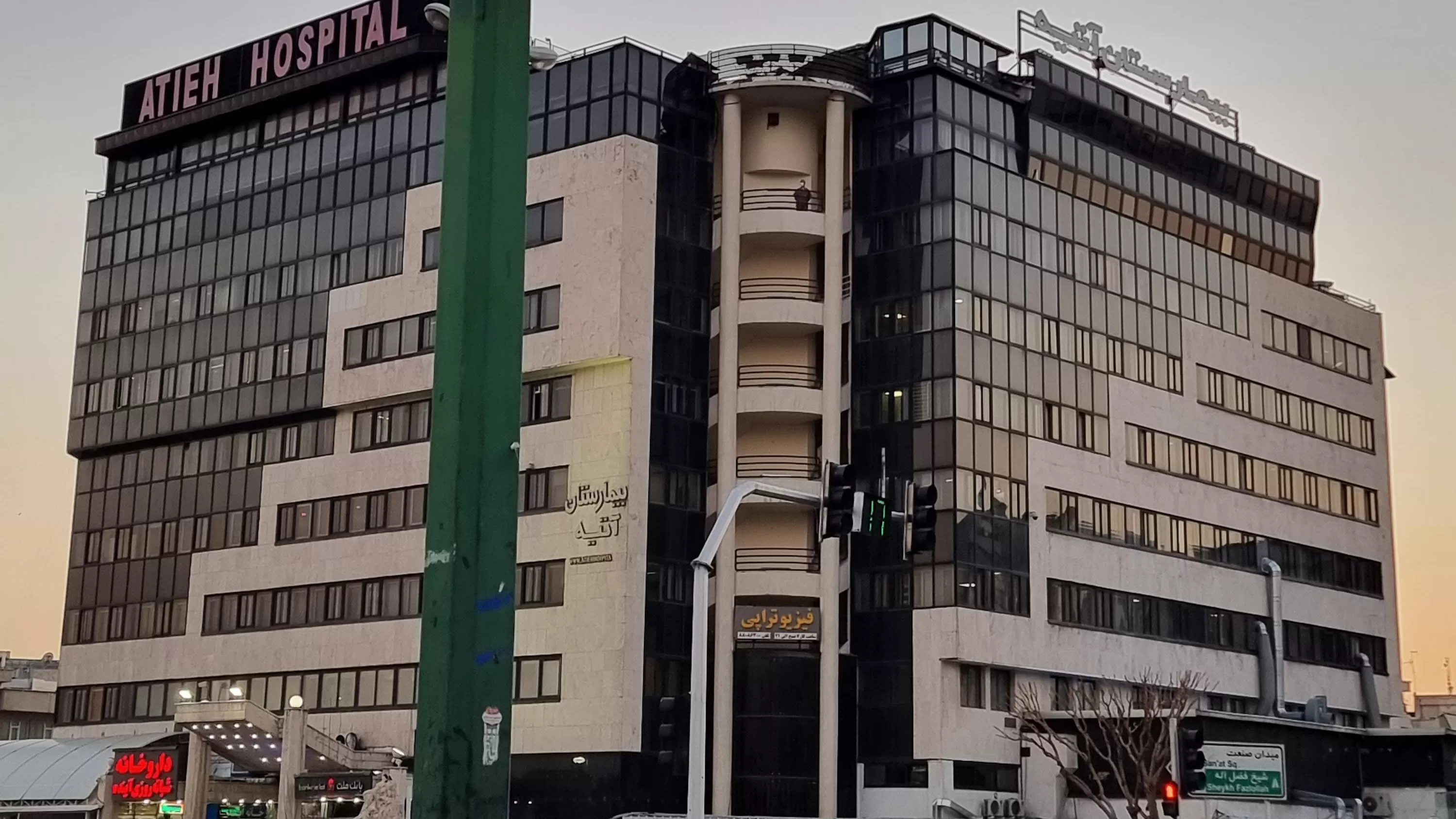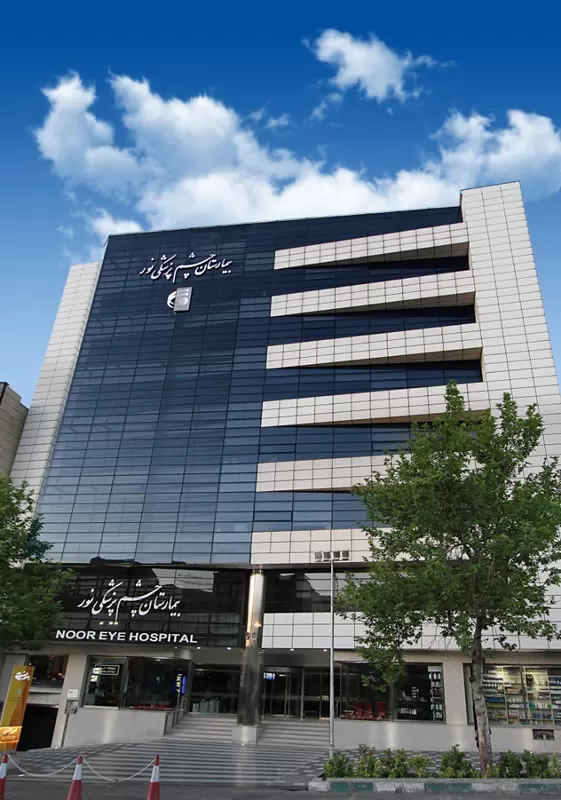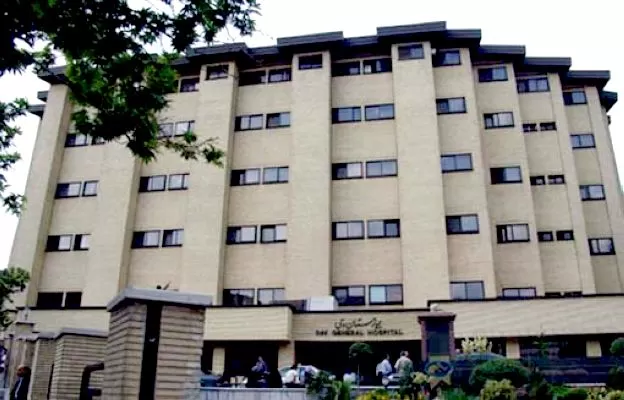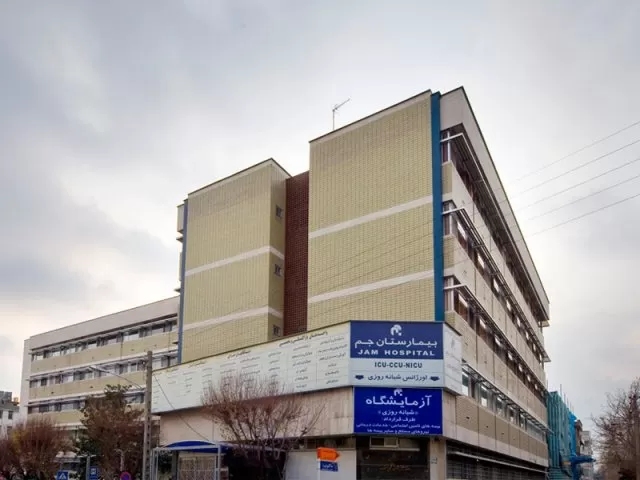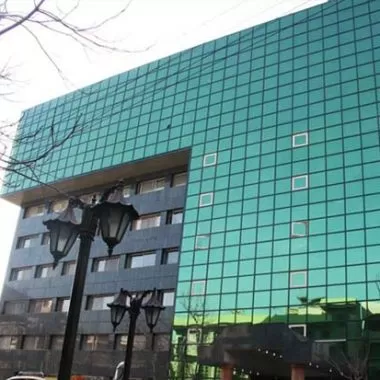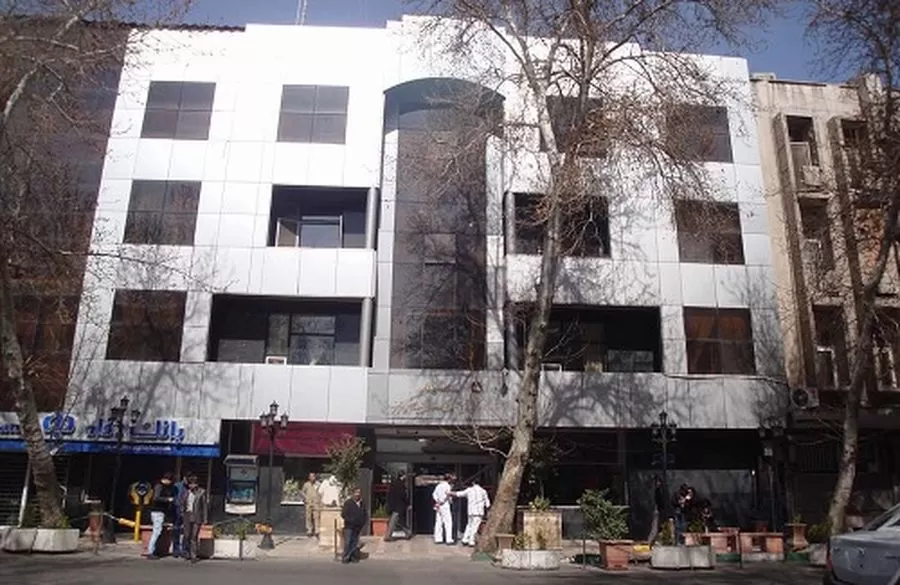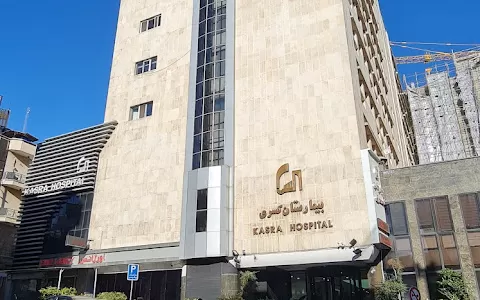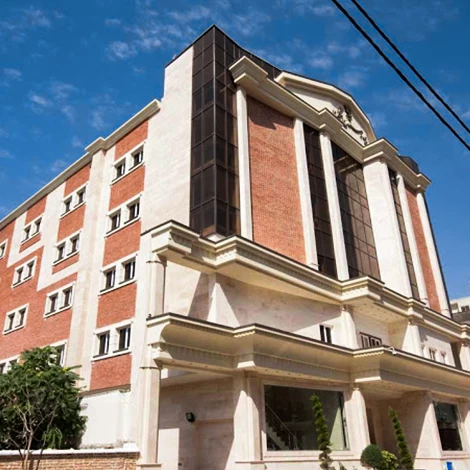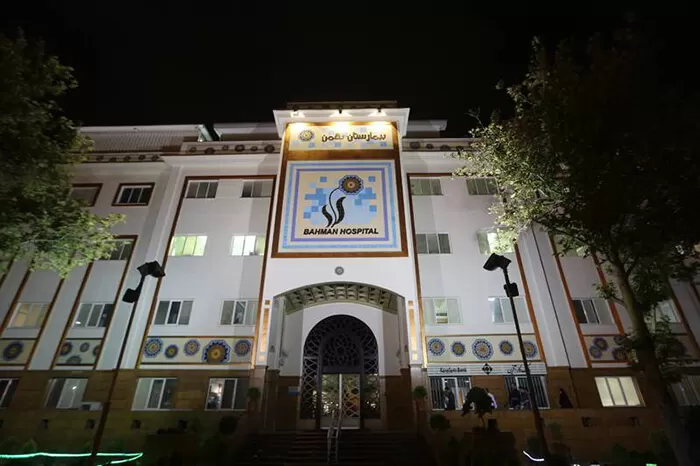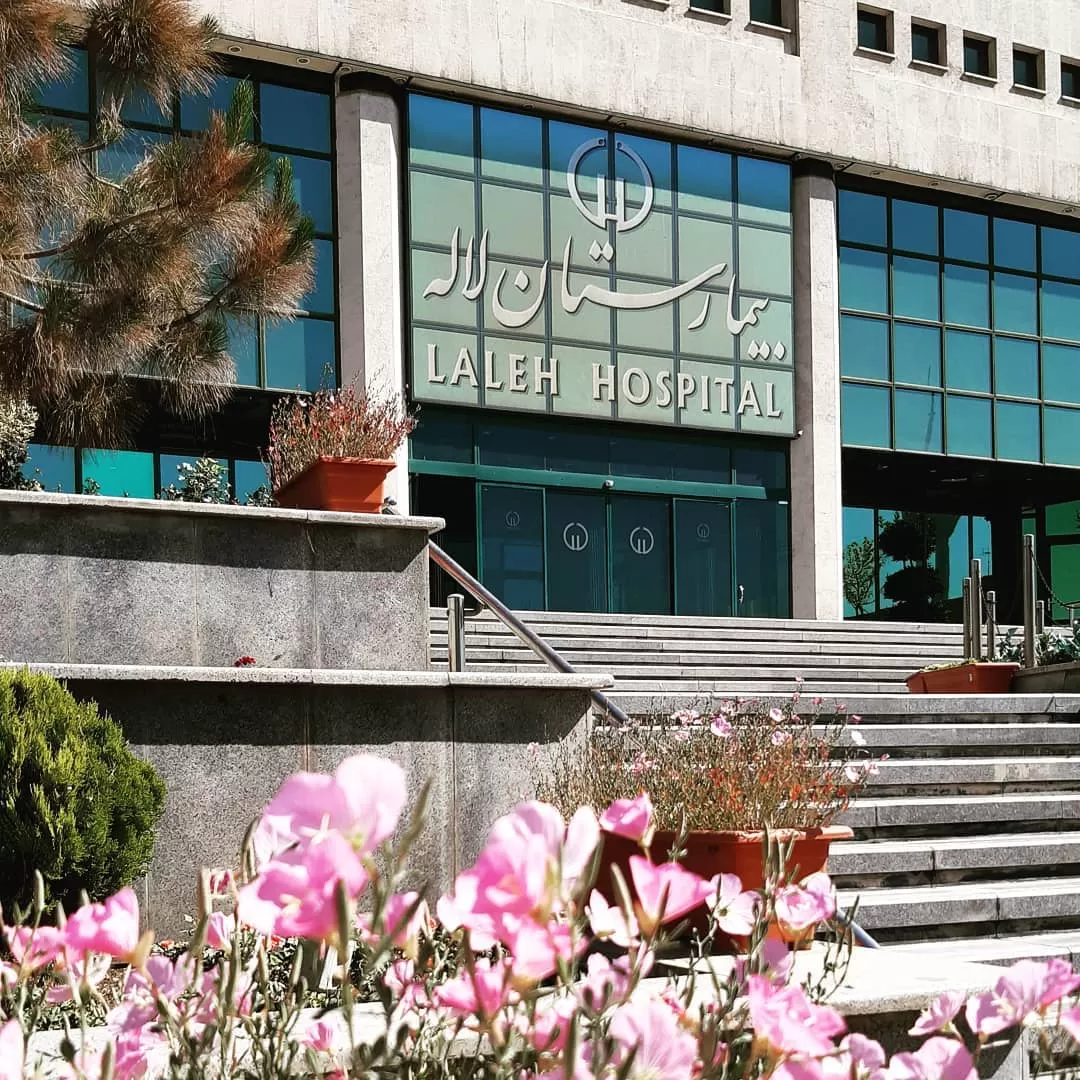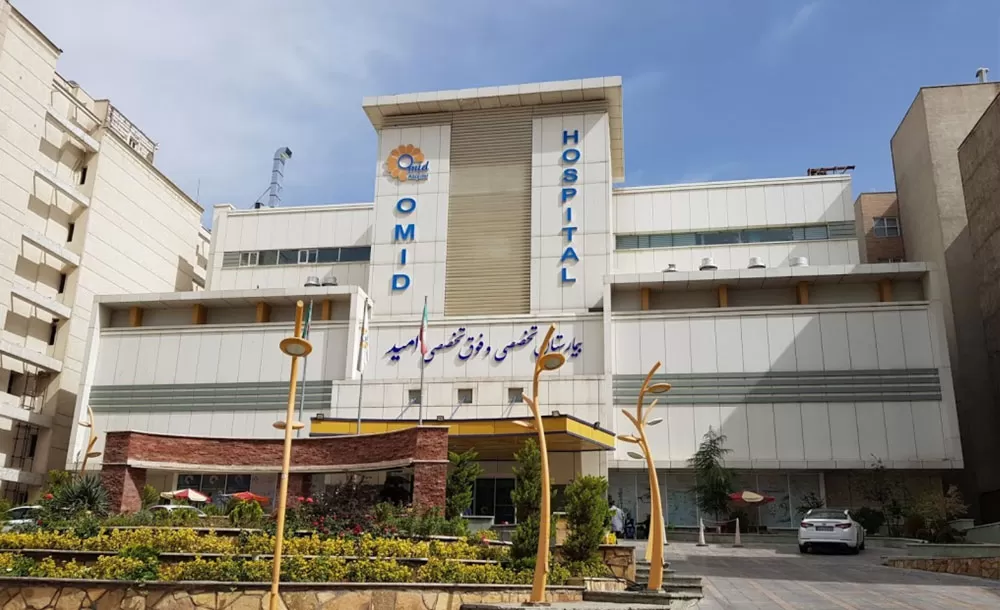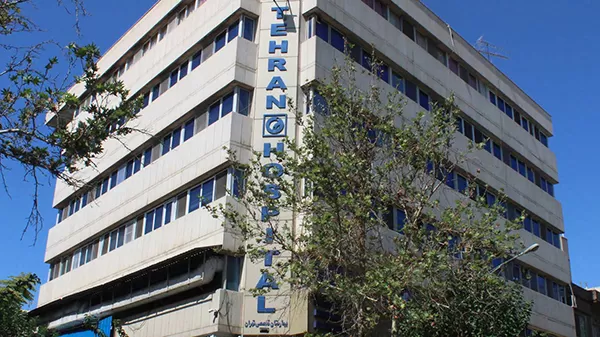Carpal tunnel surgery cost in Iran
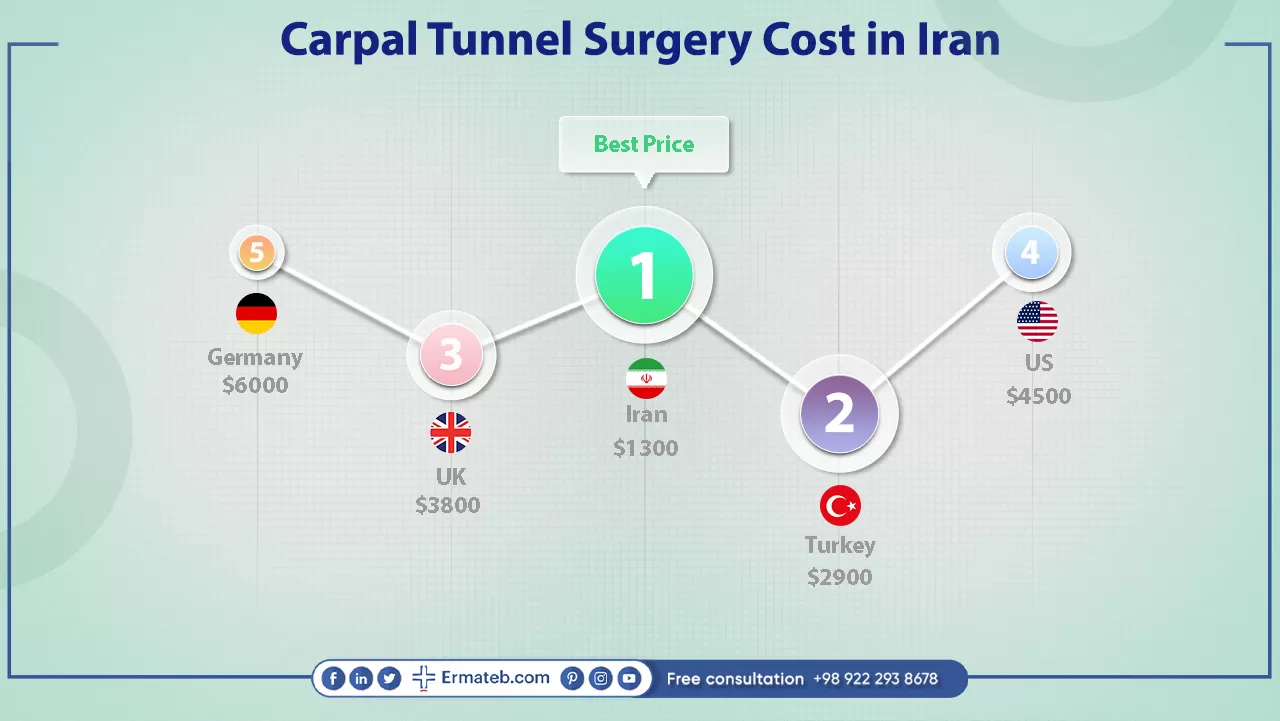
The cost of carpal tunnel surgery in Iran depends on some factors, such as the location, the surgeon, insurance coverage, type of anesthesia, and hospital fees. The average cost of carpal tunnel surgery in the US is around $4,500, in Germany around 6,000, and in Turkey is around 2,900. International patients can find the cost of the same surgery in Iran at a much lower cost compared to these countries due to the low currency of Iran. The cost of carpal tunnel surgery in Iran is around 1,300, and therefore patients can undergo a high-quality surgery at a reasonable cost and save an amount of money.
If the patient has health insurance, they may also pay much less for orthopedic surgeries such as carpal tunnel surgery, frozen shoulder treatment or shoulder replacement. The exact amount the patient pays will depend on their insurance plan and the provider they choose.
How is the surgery performed?
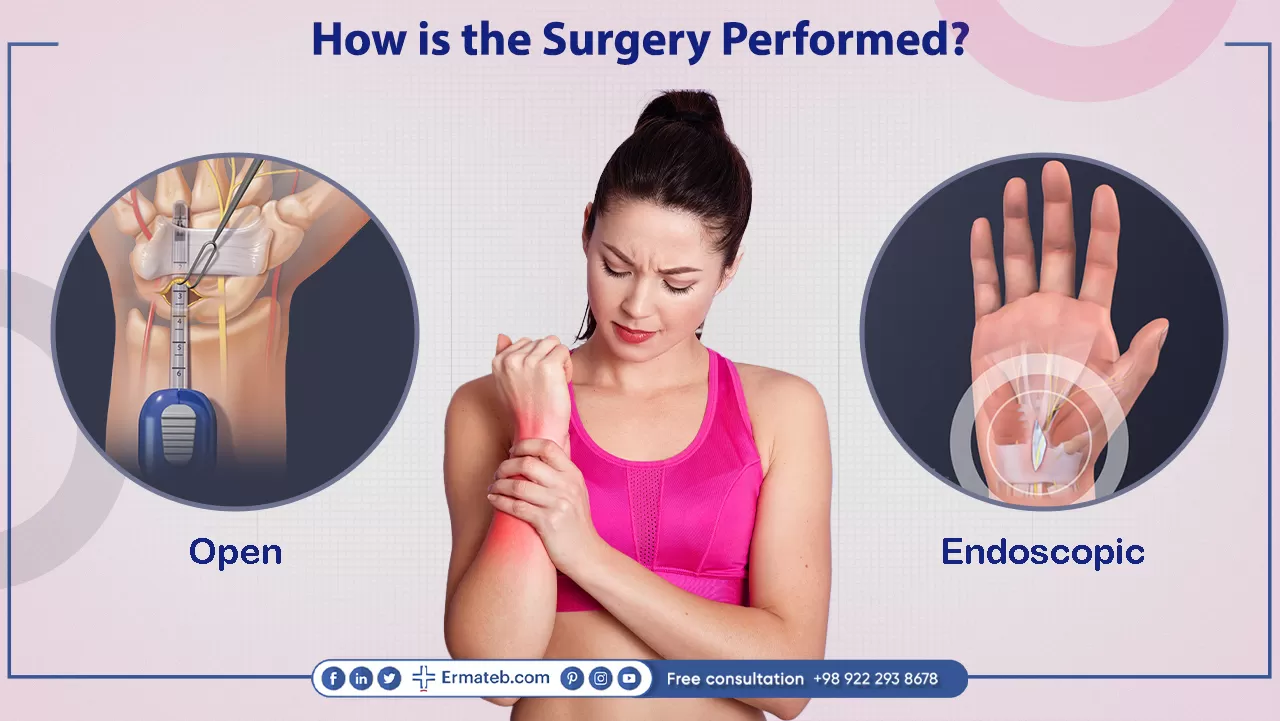
Usually, carpal tunnel surgery is an outpatient surgery. It means that you can go home on the same day as the operation. It usually takes about 10 to 20 minutes.
In general, there are two types of carpal tunnel surgery:
1.Open
2.Endoscopic
The open procedure includes making a large incision in the palm near the wrist and then cutting the transverse carpal ligament, which forms the roof of the carpal tunnel.
The endoscopic procedure, on the other hand, includes making one or two small incisions and then inserting a thin tube with a camera and a blade to cut the ligament. This procedure may have less pain and scarring.
Both procedures have similar results and recovery times, but the doctor will determine which type of operation is best for you based on your condition and preferences. In both cases, the patient will usually be asked to remove their clothing, or at least their shirt, and put on a hospital gown.
The surgeon stitches up the incisions. The patient’s hand and wrist will be placed in a splint or bandaged heavily to keep the patient from moving their wrist. When the procedure is done, the patient will be monitored for a short time and then allowed to go home.
Who needs carpal tunnel surgery?
Having carpal tunnel syndrome is the only reason to undergo carpal tunnel surgery. However, the doctor will likely want you to try nonsurgical treatments first. These nonsurgical treatments include physical therapy, over-the-counter pain medicines, wrist splints, changes to the equipment you use at work, or shots of steroids in the wrist to relieve the patient’s pain and swelling.
The following reasons make your doctor recommend a carpal tunnel operation:
1.When the nonsurgical interventions for carpal tunnel syndrome don't relieve your pain
2.The electromyography test of the median nerve determines that you have carpal tunnel syndrome.
3.The muscles of the hands or wrists are weak and getting smaller due to the intense pinching of the median nerve.
4.The signs of carpal tunnel syndrome have lasted several months with no relief.
Risks and advantages of carpal tunnel surgery
Like most surgeries, carpal tunnel procedure is not without its risks. For instance, your wrist will be made numb and you may be given local anesthesia for the surgery. In some cases, general anesthesia is used when drugs are used to put you into a deep sleep during the procedure. You should know that anesthesia poses risks for some individuals. Other potential risks include bleeding, infection, injury to the median nerve or nerves that branch out from it, scar, and injuries to nearby blood vessels.
Some of the advantages of carpal tunnel surgery include:
1.This procedure has a high level of success in eliminating the discomfort and impairment which is caused by carpal tunnel syndrome.
2.This procedure prevents further damage to the median nerve and the muscles of the hand, which can cause permanent weakness and loss of function.
3.This surgery can improve the quality of your life and the productivity of individuals who suffer from carpal tunnel syndrome, especially people who perform repetitive or manual tasks with their hands.
4.It’s possible to have this surgery on both hands at the same time. However, patients mostly prefer to address the problem in one hand at a time.
Getting ready for carpal tunnel surgery
The first thing you should do is to tell the doctor about all medicines you’re currently taking, including over-the-counter drugs, herbs, vitamins, and supplements. You will probably need to stop taking any medicines such as ibuprofen, naproxen, or aspirin. If you're a smoker, you should quit at least 2 weeks before your surgery. This is because smoking can delay healing.
You may need to get blood tests or an electrocardiogram before the procedure. You’ll usually be asked not to drink or eat anything for 6 to 12 hours before the procedure. Based on the patient’s medical condition, the doctor may request other specific preparations.
Recovery time of carpal tunnel surgery
The recovery from carpal tunnel surgery takes time between several weeks to several months. If the nerve has been compressed for a long time, recovery may take even longer. The recovery time includes splinting the wrist and getting physical therapy to heal the wrist and hand.
Your wrist will be in a heavy bandage or a splint for about 1 to 2 weeks. The doctor usually schedules another appointment to eliminate your bandage or splint. After that, you may be encouraged to move your fingers to help prevent stiffness.
You will probably have pain in your hand and wrist following the surgery. It is usually controlled with pain medicines. In addition, the surgeon may have you keep the affected hand elevated while sleeping at night in order to help reduce swelling.
When the splint is eliminated, you’ll likely begin a physical therapy program to improve the movement of your wrist and hand. These exercises can help the healing process and strengthen the area. However, you may still need to use a splint or brace for a month or so after the procedure.
Let the doctor know about any of the side effects such as fever, redness, bleeding, swelling, or other drainage from the incision, and increased pain around the incision.
Most individuals can resume doing their routine activities within a few days after their surgery. Returning to more strenuous activities like sports or gym may take 4 to 6 weeks. However, returning to driving after the surgery can depend on several factors, including whether you had an open or endoscopic carpal tunnel, whether one or both sides are affected, and the level of pain after your surgery. The range can be anywhere from a few days to around 2 weeks.
Time off from work depends on the patient and type of occupation. Most patients can return to light activities or desk work within about 1 to 2 days. Individuals who have more physically demanding jobs may need more days to return to full duty.
The pros and cons of endoscopic carpal tunnel surgery
1.The pros of endoscopic surgery are faster recovery, less pain, and an earlier return to work and sports. Given the smaller incision, individuals who have endoscopic carpal tunnel can have less scar sensitivity and a lower chance of wound complications following the surgery.
2.Endoscopic carpal tunnel needs more specialized instruments and experience with the surgery is important to minimize risk of side effects. Sometimes, endoscopic release may not be possible due to difficulties with visualization and individual anatomic variations. Studies have shown improved results, fewer side effects, and a lower rate of conversion to open procedure when endoscopic surgery is performed by more experienced, higher-volume surgeons.
For most people, the relief from carpal tunnel surgery is long-lasting, and they don’t need another surgery.


 Arabic
Arabic
 German
German
 Persian (Farsi)
Persian (Farsi)
 Russian
Russian
 Beauty
Beauty



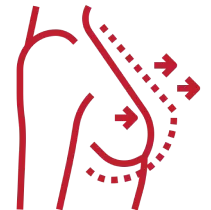

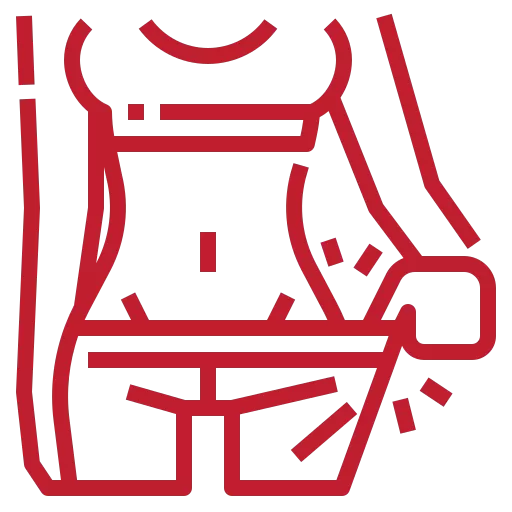
 Medical
Medical



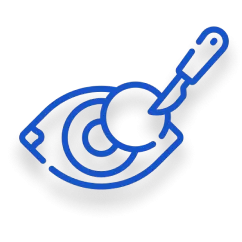

 Hotels
Hotels
 Hospitals
Hospitals







